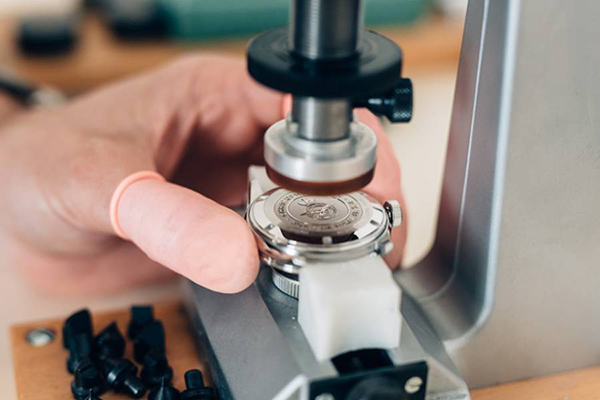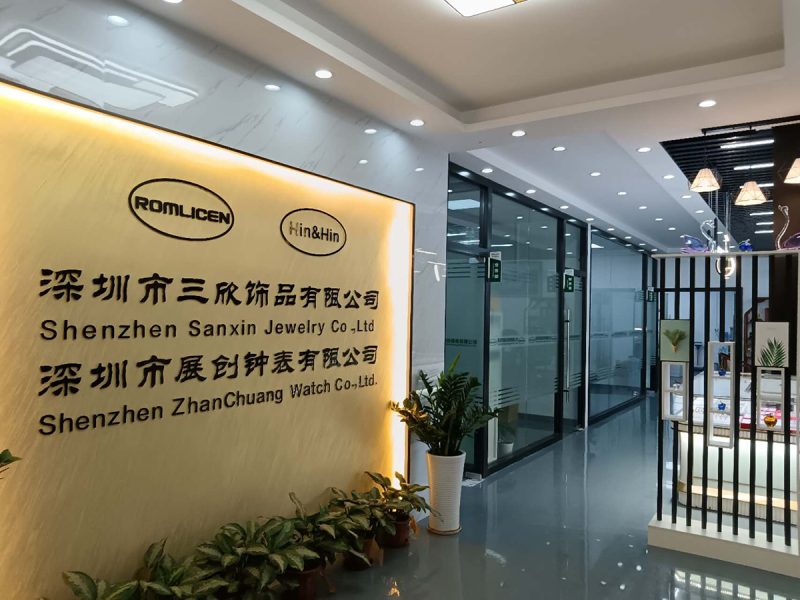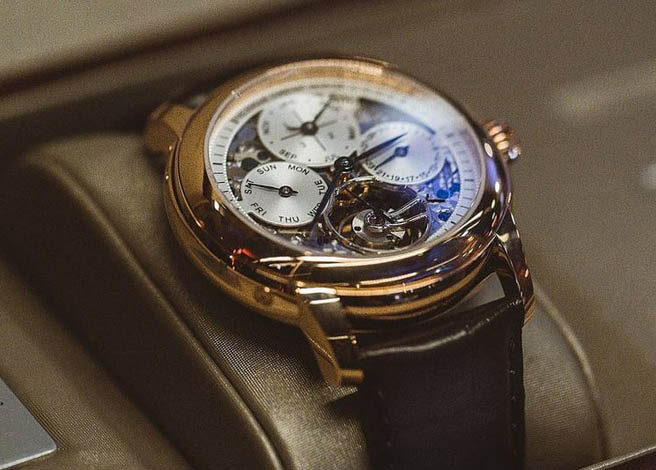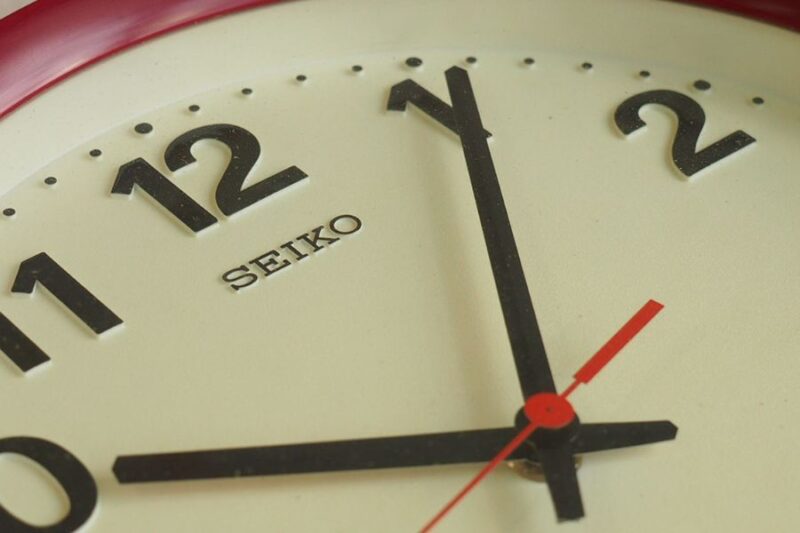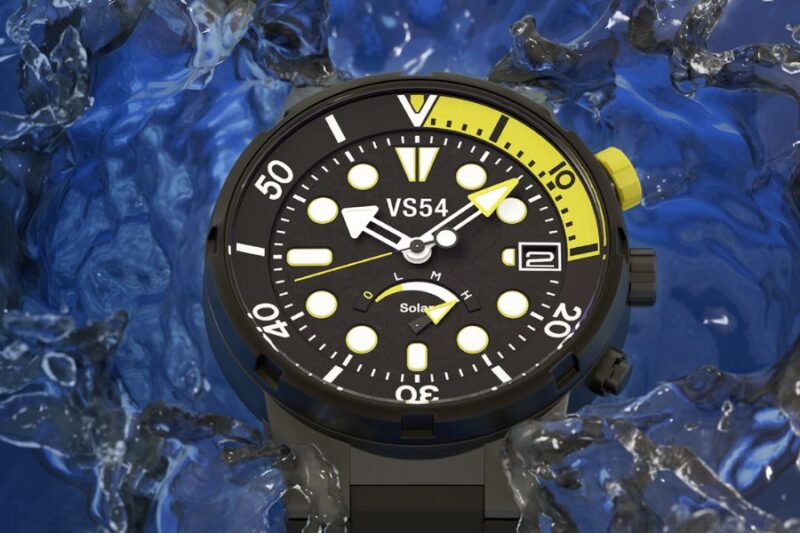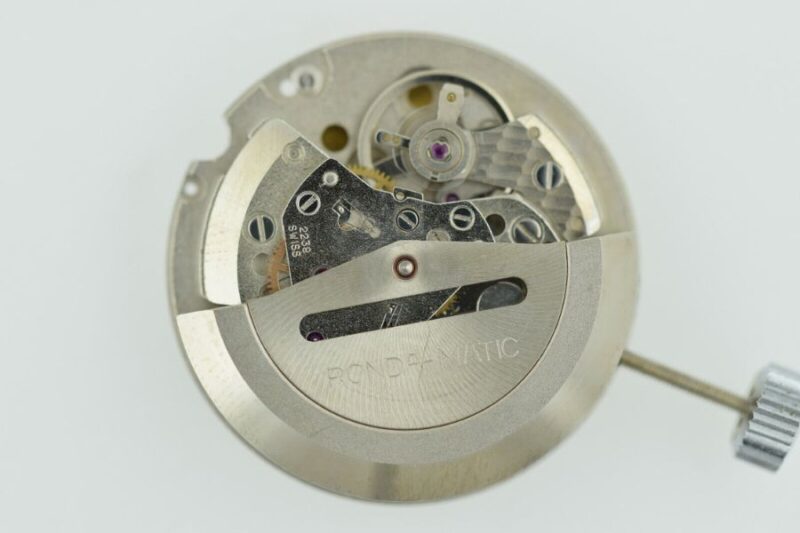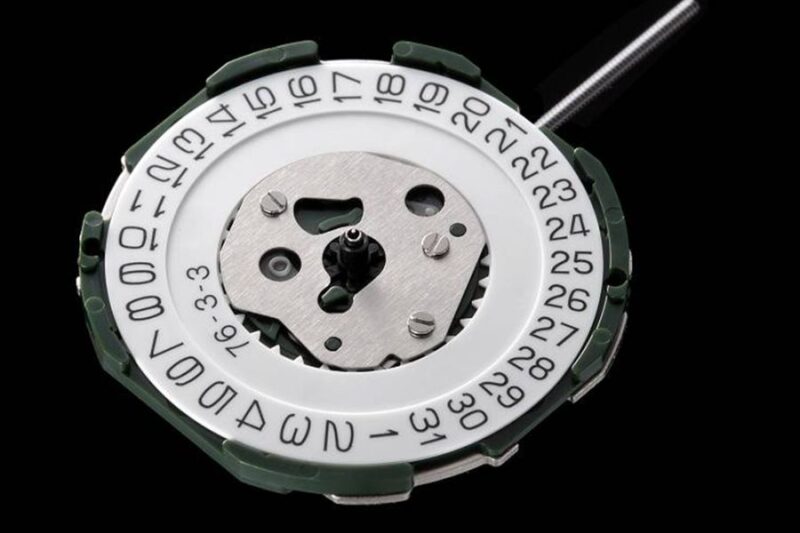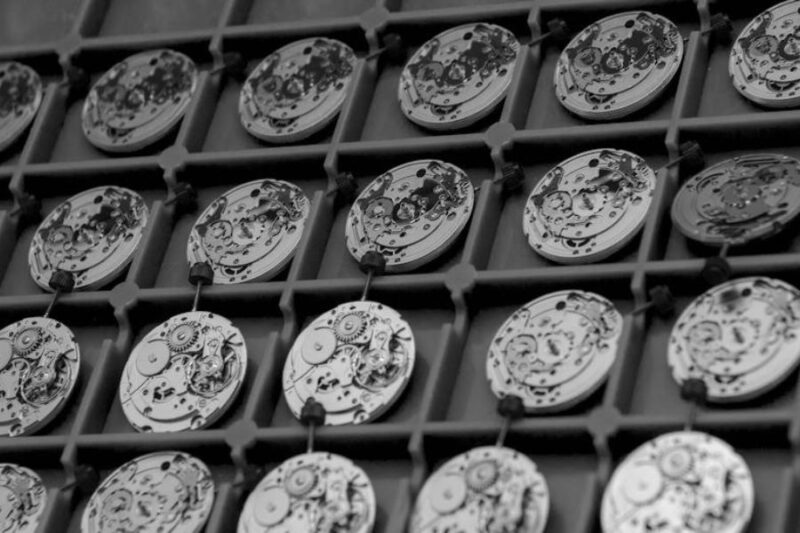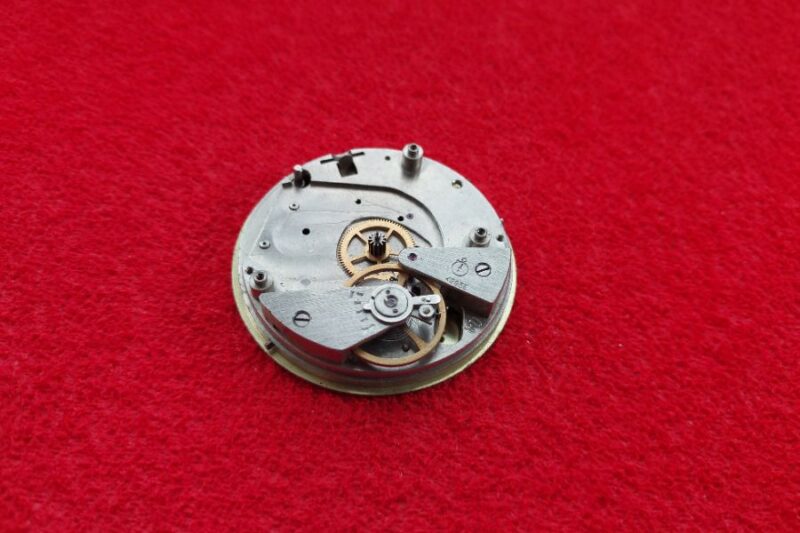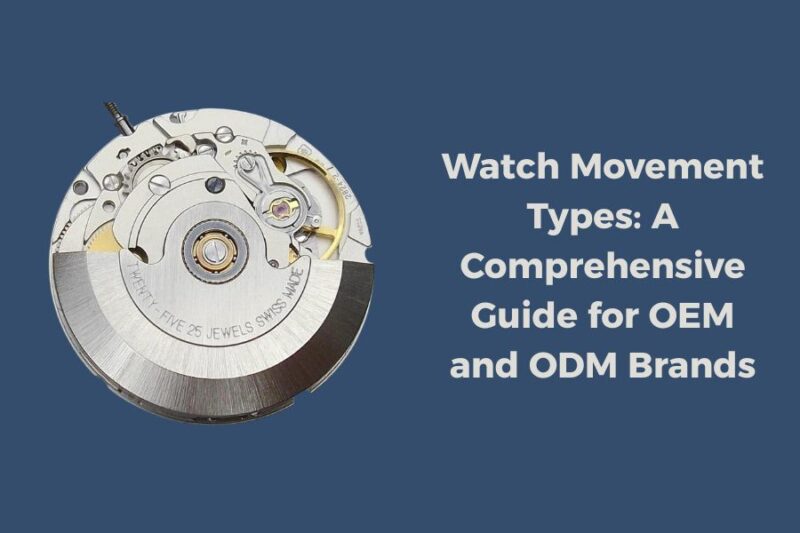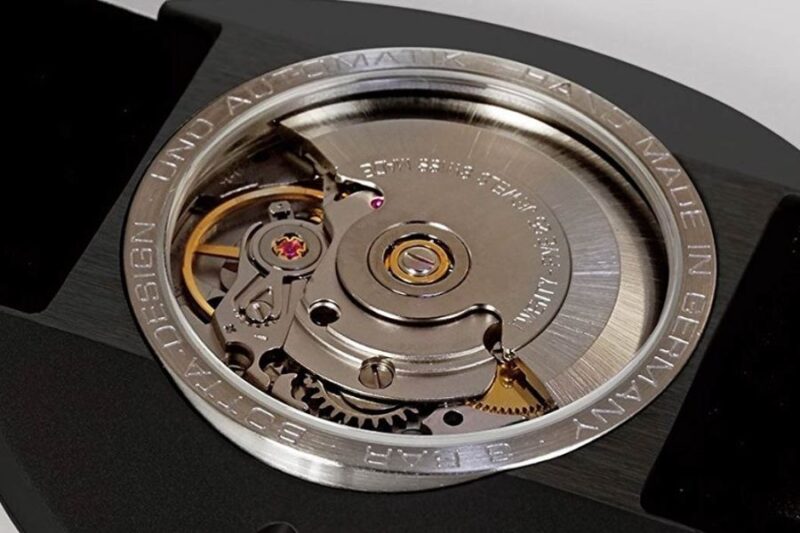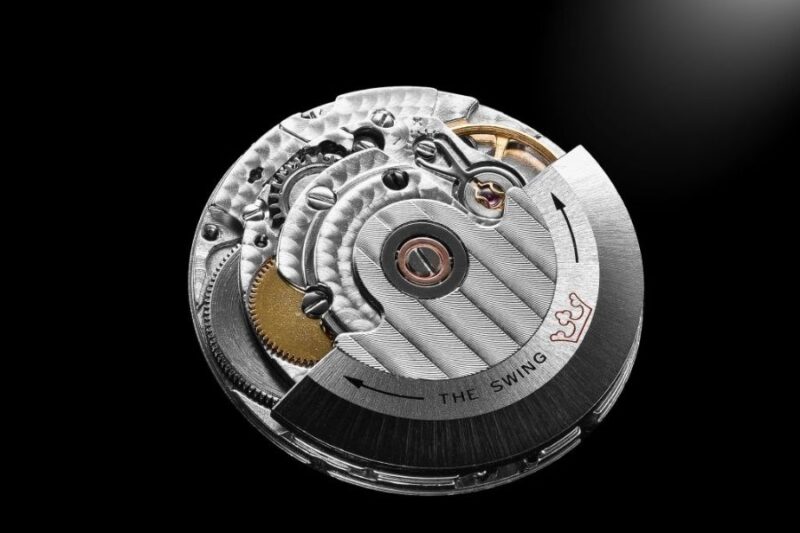Table of Contents
Introduction
Ever wondered what makes a luxury watch tick with such mesmerizing precision? At the heart of every fine timepiece lies a mechanical movement—a marvel of engineering that powers the watch without a battery. Unlike quartz watches, mechanical movements rely on intricate gears and springs, embodying craftsmanship that captivates watch enthusiasts and brands alike. At Romlicen, we specialize in creating custom mechanical watches, helping fashion brands bring their vision to life with high-quality movements from brands like ETA, Miyota, and Seagull. In this guide, we’ll explore what mechanical movements are, how they work, and why they’re the soul of premium timepieces. Let’s dive into the world of watchmaking excellence!
A Brief History of Mechanical Watch Movements
The story of the mechanical movement begins in 1510 with Peter Henlein’s “Nuremberg Egg,” often hailed as the first portable timepiece. These early watches, more decorative than precise, were fashion statements for the elite, far from reliable timekeepers. By the 17th century, pocket watches gained popularity, thanks to Charles II’s endorsement. A game-changer came in 1657 when Robert Hooke and Christiaan Huygens invented the balance spring, vastly improving accuracy. Precision reached new heights in 1760 with John Harrison’s marine chronometer, a milestone in watchmaking.
The wristwatch, initially a women’s accessory, became essential during World War I, replacing pocket watches for soldiers needing hands-free timekeeping. This shift sparked a fashion revolution, positioning wristwatches as must-have luxury items for all. In 1923, John Harwood’s invention of the automatic mechanical movement added convenience, winding itself with wrist motion. Though quartz watches emerged in the 1970s, mechanical movements remain jewels of engineering. At Romlicen, we craft custom mechanical watches that honor this rich heritage, helping brands create timeless pieces that resonate today.
What Is a Mechanical Movement?
A mechanical movement is the beating heart of a watch, driving its hands with an intricate system of springs, gears, and other mechanical watch components. Unlike quartz watches, which rely on a battery and electronic oscillator, mechanical movements are powered purely by mechanical energy—think of it as a tiny orchestra of parts working in harmony. This craftsmanship makes them a favorite among luxury watchmakers and brands aiming for timeless appeal.
What sets mechanical movements apart? It’s their blend of tradition and precision. While quartz movements offer accuracy and affordability, mechanical movements vs quartz debates often highlight the former’s artistry and durability. A well-crafted mechanical watch can last generations, making it ideal for brands seeking prestige. At Romlicen, we harness these movements to create custom timepieces, ensuring every tick reflects your brand’s vision.
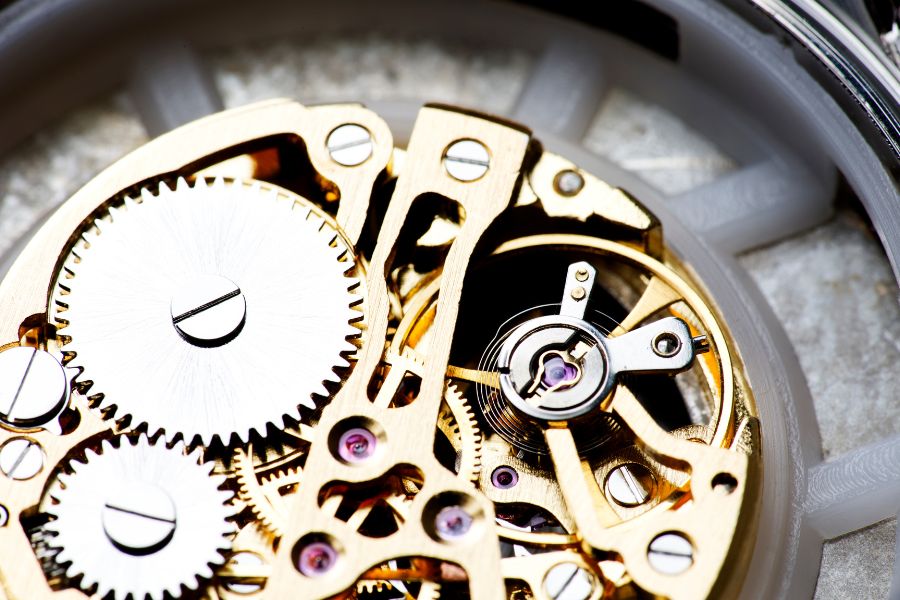
How Does a Mechanical Movement Work?
A mechanical movement harnesses kinetic energy, not batteries, to power a watch. By turning the crown, the wearer generates energy that’s transferred to the mainspring, a coiled spring that tightens to store this energy. As the mainspring gradually unwinds, it releases energy through a series of gears and springs, driving the watch’s functions and complications.
An automatic mechanical movement operates similarly but includes a key addition: a rotor. This metal weight spins freely with the wearer’s wrist movements, converting motion into energy to wind the mainspring automatically. A clutch prevents overwinding once the spring is fully charged.
Crown
The wheel on the watch’s side, turned by the wearer to wind the mainspring and supply power.
Mainspring
Kinetic energy from the crown or rotor is stored in this coil-shaped spring. The tighter it gets, the more energy it holds, powering the watch longer.
Gear Train
The mainspring’s stored energy flows through an intricate series of gears, transferring power to the escapement.
Escapement
This component meters out energy in precise increments, producing the watch’s iconic ticking sound via the pallet fork’s interaction.
Balance Wheel
The heart of the watch, its oscillations ensure accurate timekeeping, requiring precise calibration.
Dial Train
Gears in the dial train transmit regulated energy to the watch hands, moving them at correct intervals to display time.
Rotor
In automatic watches, this metal weight spins with wrist motion, winding the mainspring via gears, with a clutch to prevent overwinding.
I think this is a more authoritative and comprehensive article on the principles of mechanical watches that is worth reading.

Types of Mechanical Movements
Mechanical movements come in two main flavors: manual and automatic, each offering a unique blend of tradition and functionality. Understanding their differences can help brands choose the perfect movement for their custom timepieces.
A manual mechanical movement is the classic choice, requiring the wearer to wind the mainspring by hand. This ritual appeals to enthusiasts who cherish the tactile connection to their watch. However, it demands regular winding—think of it as a daily handshake with your timepiece. Manual movements are ideal for dress watches, where elegance and tradition shine.
In contrast, an automatic mechanical movement is like a self-charging engine. A rotor, powered by the wearer’s wrist motion, winds the mainspring automatically, making it perfect for everyday wear. While slightly bulkier, automatics offer convenience without sacrificing craftsmanship. At Romlicen, we integrate both types into our OEM/ODM services, crafting custom watches that elevate your brand’s prestige with movements like Seiko or Sellita.
Which type suits your vision? Manual for timeless charm or automatic for modern ease—both embody the artistry of mechanical movements.
Why Choose a Mechanical Movement?
A mechanical movement transforms a watch into more than a timekeeper—it’s a legacy of craftsmanship. Here’s why choosing a mechanical movement elevates your brand’s timepieces.
Timeless Durability
Crafted with precision, mechanical movements are built to endure. With proper maintenance, these watches can tick for generations, making them ideal for brands creating heirloom-quality pieces that stand the test of time.
No Battery Hassle
Whether manual or automatic, a mechanical movement runs on kinetic energy, so you never fuss with battery replacements. Simply wind it or wear it, and your watch keeps perfect time, offering reliability for discerning customers.
A Meaningful Ritual
Winding a manual mechanical movement is a daily ritual that connects wearers to their timepiece. This hands-on experience adds a layer of charm, appealing to enthusiasts who value tradition and craftsmanship.
Artistic Elegance
A mechanical movement is a tiny masterpiece, with intricate gears and polished components visible through a transparent case back. Paired with a stunning dial and bezel, it’s a statement of luxury that elevates your brand’s aesthetic. At Romlicen, our custom mechanical watches bring this artistry to life, helping fashion brands create timepieces that captivate and inspire.
Top Mechanical Movement Brands
The quality of a mechanical movement often comes down to the brand behind it. At Romlicen, we partner with industry-leading brands to power our custom watches, ensuring precision and prestige for your brand.
Swiss Mechanical Movements are the gold standard, known for their craftsmanship. Brands like ETA, Sellita, and Ronda offer reliable, high-performance movements, perfect for luxury timepieces that demand elegance. Japanese Mechanical Movements, such as Miyota, Seiko, and Epson, strike a balance between quality and affordability, ideal for versatile, everyday watches. Meanwhile, Chinese movements like Seagull, Hangzhou, and Dandong have gained recognition for their innovation and value, catering to brands seeking cost-effective yet reliable options.
Choosing the right movement brand is key to defining your watch’s identity. With Romlicen’s OEM/ODM expertise, we help you select the perfect movement to match your brand’s vision, from Swiss sophistication to Japanese reliability.
Mechanical Movements in Custom Watches
A mechanical movement is more than a timekeeping engine—it’s a canvas for your brand’s story. At Romlicen, we integrate high-quality mechanical movements into our OEM/ODM services, crafting custom mechanical watches that reflect your unique vision. From Swiss ETA to Japanese Miyota, we select movements that ensure precision and prestige, tailored to your brand’s needs.
Customization is where the magic happens. Your logo can shine on the dial, strap, buckle, crown, or case back, creating a cohesive brand identity. Choose from premium materials like 316L stainless steel, titanium, or CuSn8 bronze to match your aesthetic. For example, a European fashion brand recently partnered with us to design a limited-edition automatic watch with a Sellita movement and engraved logo, earning rave reviews for its craftsmanship.
With Romlicen’s watch design service, we streamline the process from concept to production, ensuring every detail aligns with your brand. Ready to create a timepiece that stands out in the luxury market?
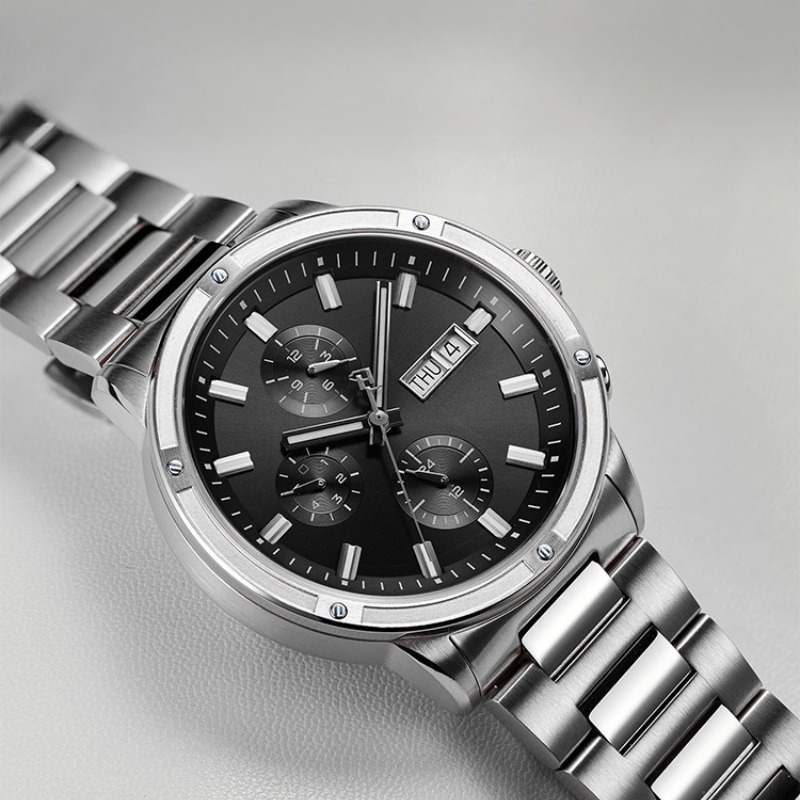
Mechanical vs. Quartz: Which Is Right for Your Brand?
Choosing between a mechanical movement and a quartz movement is like deciding between a handcrafted painting and a digital print—it’s all about your brand’s story. Mechanical movements, powered by intricate gears and springs, offer unmatched craftsmanship and a timeless appeal. They’re ideal for luxury brands aiming to convey prestige, but they require occasional maintenance and come at a higher cost. As Hodinkee explains, mechanical watches often become heirlooms, retaining value over time.
Quartz movements, on the other hand, run on batteries and quartz crystals, delivering superior accuracy and affordability. They’re low-maintenance, making them great for mass-market or casual watches. However, they lack the artisanal charm that defines high-end timepieces.
For fashion brands seeking to stand out, mechanical movements elevate your collection’s sophistication. At Romlicen, our custom mechanical watches, powered by brands like ETA or Miyota, help you craft timepieces that resonate with discerning customers. Want to position your brand as premium? Mechanical is the way to go.
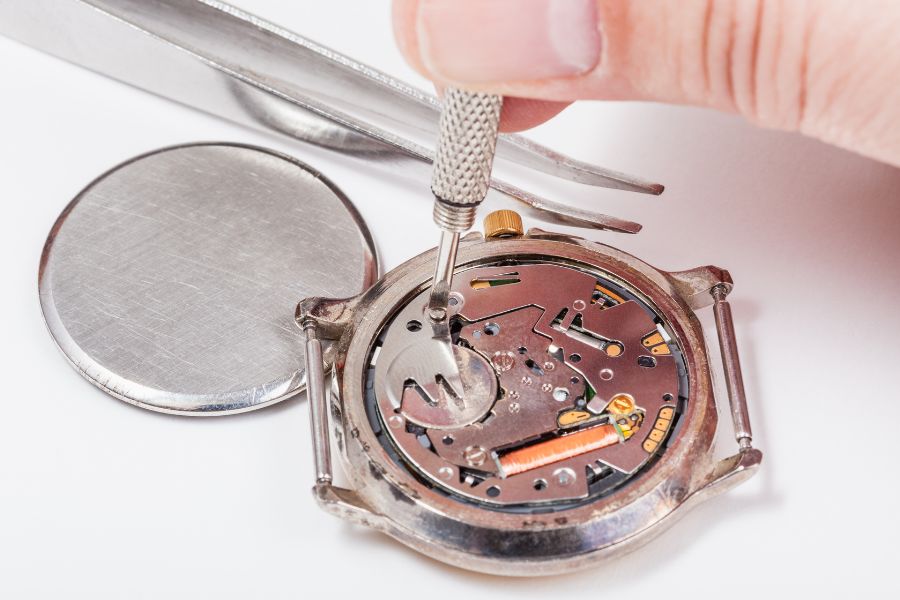
FAQ: Common Questions About Mechanical Movements
A mechanical movement is the heart of a watch, using springs and gears to keep time without batteries, celebrated for its craftsmanship and precision.
It starts with a wound mainspring, which powers a gear train, while an escapement and balance wheel regulate the energy, creating the watch’s iconic ticking.
Mechanical movements rely on mechanical components for a traditional, artisanal feel, while quartz movements use batteries for higher accuracy and lower cost.
Automatic mechanical movements self-wind with wrist motion for convenience, while manual ones offer a hands-on ritual, depending on your brand’s style.
Absolutely! Romlicen’s OEM/ODM services let you add your logo to the dial, strap, or case, using top movements like ETA or Miyota for custom mechanical watches.
Maintenance of a Mechanical Watch
A mechanical movement is the heart of a luxury watch, and with a little love, it can tick for generations. Proper care ensures your timepiece remains a cherished heirloom, reflecting the prestige of your brand’s custom mechanical watches. Here’s how to keep it in top shape.
Regular Professional Servicing
To maintain the precision of a mechanical movement, schedule a professional service every three to five years. Expert technicians will clean, lubricate, and adjust the intricate components, ensuring your watch runs smoothly for years to come.
Routine Cleaning
Keep your watch pristine by gently wiping it down nightly with a soft cloth to remove dust and oils. Every few months, give it a deeper clean—following manufacturer guidelines—to preserve its polished look and protect the movement.
Safe Storage Solutions
When not worn, store your watch in a dedicated watch box or its original case. This shields the mechanical movement from dust, scratches, or accidental bumps, maintaining its flawless condition for your brand’s clientele.
Consistent Winding
A mechanical movement thrives when kept active. For automatic watches, regular wear keeps the rotor winding the mainspring. For manual or less-worn automatics, wind gently off the wrist to avoid stressing delicate parts. At Romlicen, we craft timepieces designed for longevity, helping your brand deliver lasting value.
Conclusion
Mechanical movements are the soul of luxury watches, blending precision, craftsmanship, and timeless appeal. From the intricate ticking of Swiss ETA movements to the reliable hum of Japanese Miyota, these mechanisms elevate timepieces into works of art. For fashion brands, choosing a mechanical movement means crafting custom mechanical watches that stand out in a crowded market. At Romlicen, we bring your vision to life with our OEM/ODM expertise, offering tailored designs and premium materials to reflect your brand’s identity. Ready to make your mark with a bespoke timepiece? Contact us today to explore how our watchmaking solutions can redefine your collection and captivate your audience.
Related Reading
- What is a Japan Movt Watch? A Complete Guide to Japanese Movement Timepieces
- Ticking Styles: Exploring the Different Type of Watches Movement
- Parts of a Watch: A Comprehensive Guide to Watch Anatomy
- Choosing the Right Custom Watch Manufacturer: A Key to Brand Success
- How to Choose the Perfect Movement for Your Custom Automatic Watch
- Exploring the Benefits of Swiss, Japanese, and Chinese Watch Movements
- The Advantages of Working with an Experienced OEM Watch Manufacturer
- What to Look for in a Reliable Watch Manufacturer: A Complete Guide
- 5 Key Factors to Consider When Choosing a Watch Manufacturer
- A Comprehensive Guide to Watch Movements
- OEM vs ODM: Which Custom Watch Manufacturing Service Is Right for Your Brand?
- Swiss Watch Movements: Precision Watchmaking Guide
- Watch Movement Types: Ultimate Guide for Brands
